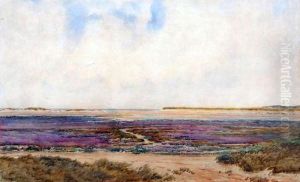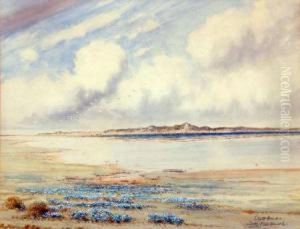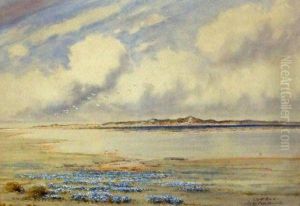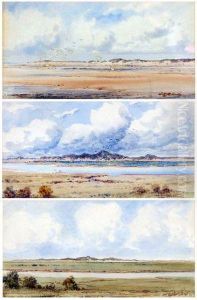Frederick Henry Partridge Paintings
Frederick Henry Partridge was an English jeweller, metalworker, and educator, whose work and influence spanned the late 19th and early 20th centuries. Born in 1877, Partridge was part of the Arts and Crafts movement, which sought to revive traditional craftsmanship in the face of industrialization, emphasizing the beauty and quality of handmade objects.
Partridge studied at the Central School of Arts and Crafts in London, where he was significantly influenced by the movement's leaders, such as William Morris and John Ruskin. Their emphasis on the importance of art in everyday life, along with their critique of mass production, shaped Partridge's philosophy and career.
Beyond his work as a craftsman, Partridge was also an educator, teaching at the Central School of Arts and Crafts. His teaching and mentorship helped foster a new generation of artists and craftsmen who continued the traditions and values of the Arts and Crafts movement. Partridge's work, characterized by its elegance, attention to detail, and use of high-quality materials, was well received in his time and exhibited in various venues, including the Arts and Crafts Exhibition Society shows.
Throughout his career, Partridge remained committed to the ideals of the Arts and Crafts movement, advocating for the integration of beauty and function in everyday objects and the importance of craftsmanship. He passed away in 1942, leaving behind a legacy that continues to be celebrated for its contribution to British art and design. Partridge's work and ethos reflect a critical moment in the transition from traditional to modern design, embodying the struggle to preserve craftsmanship in the face of growing industrialization.





